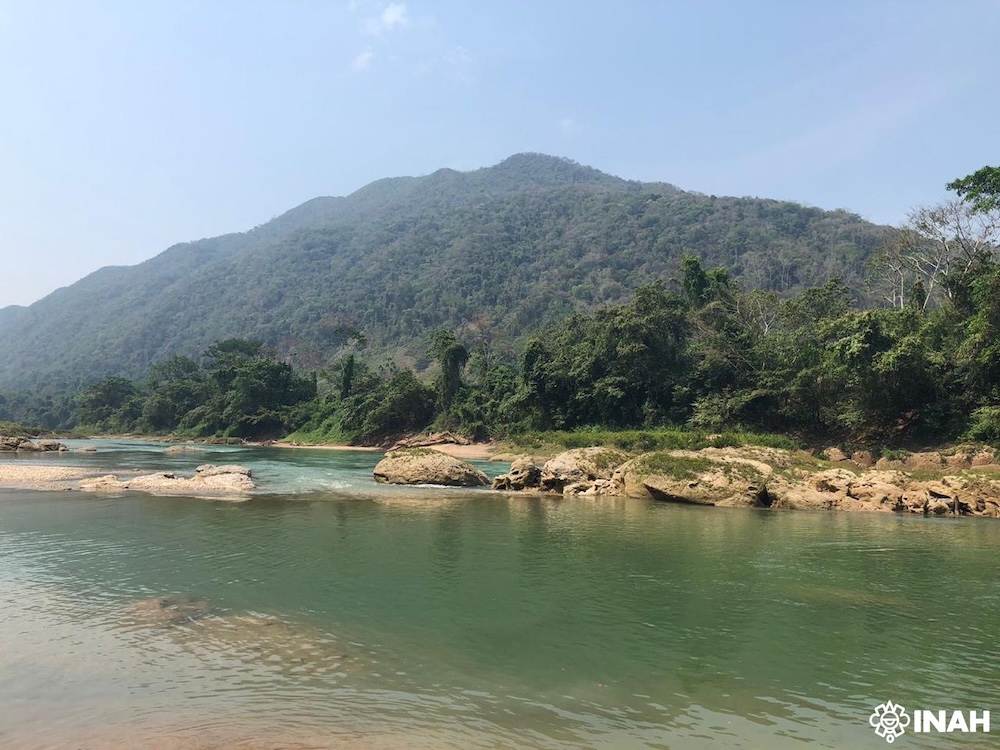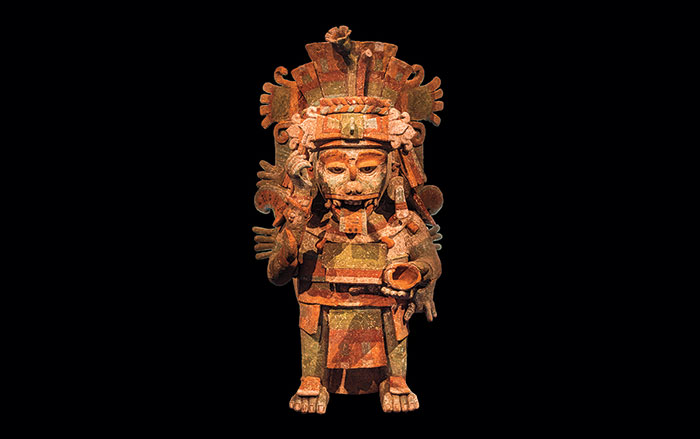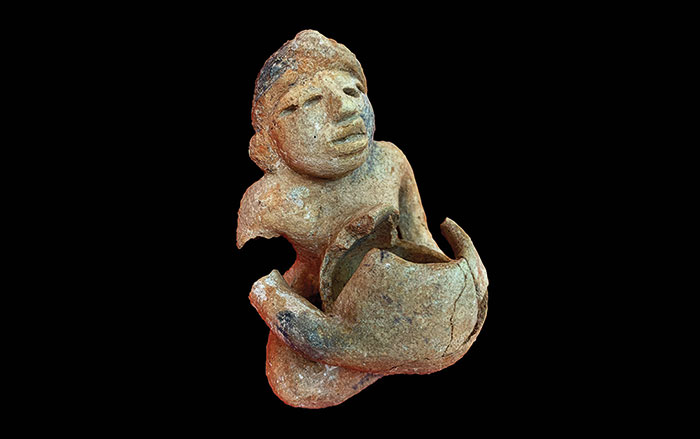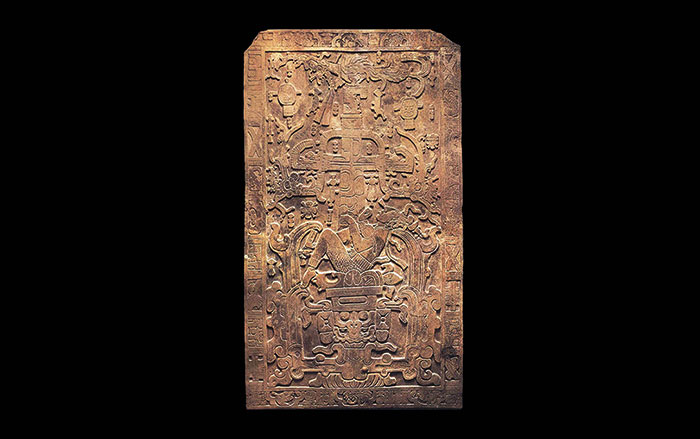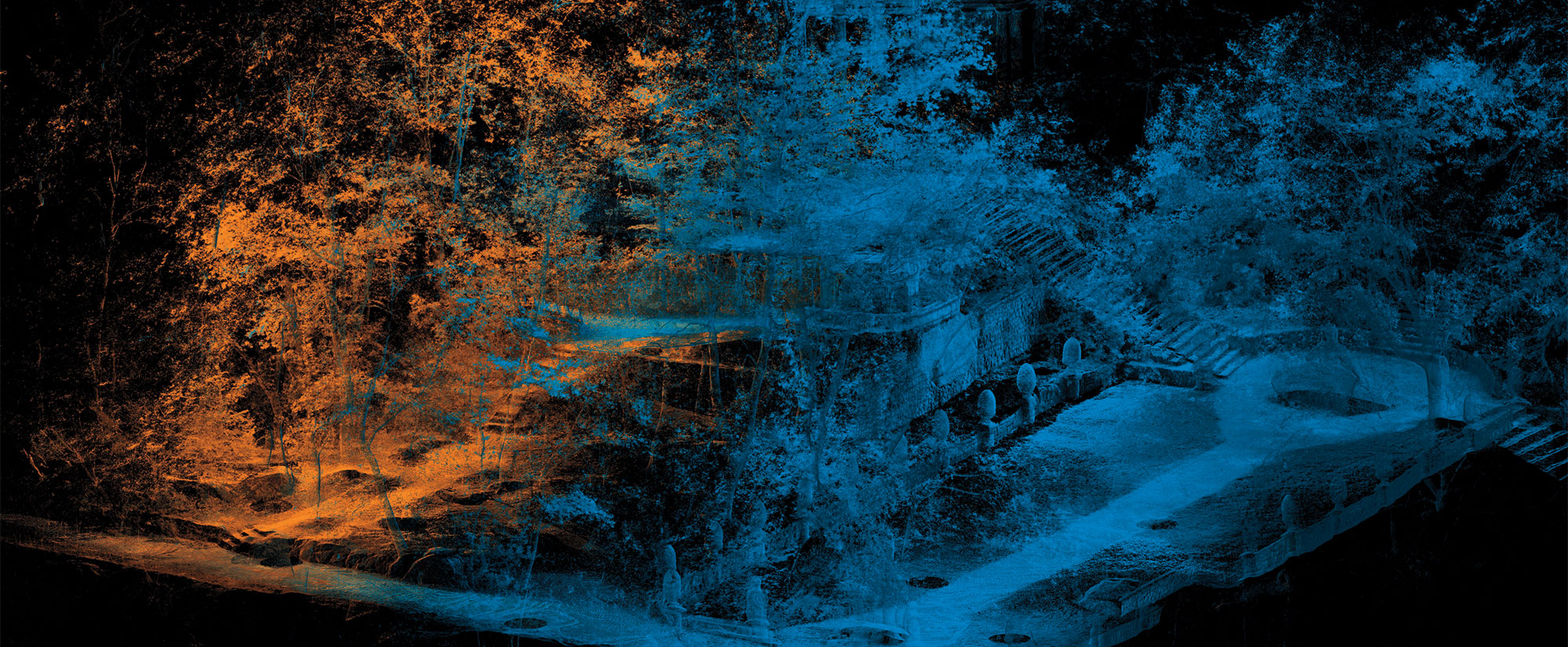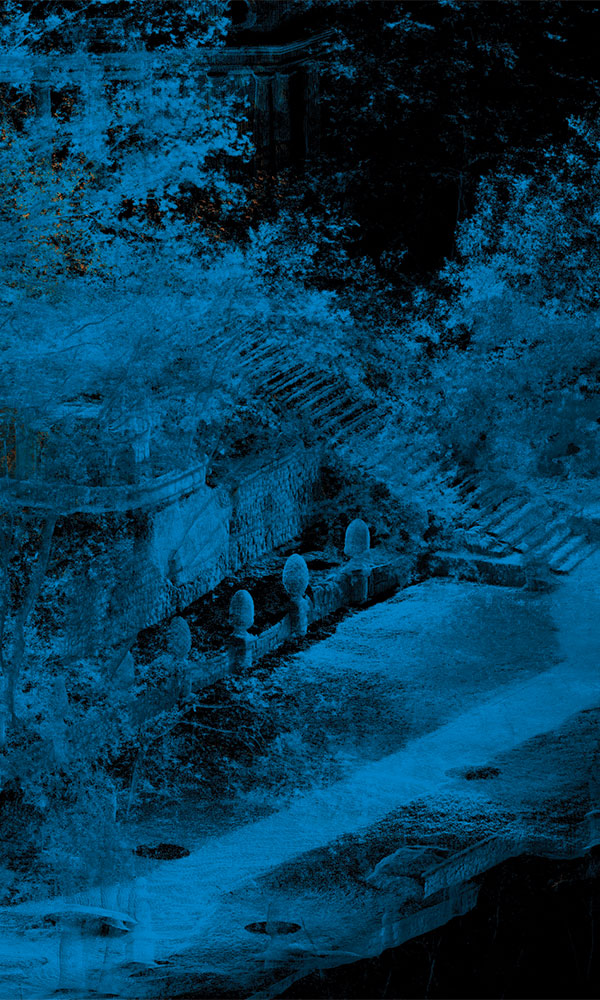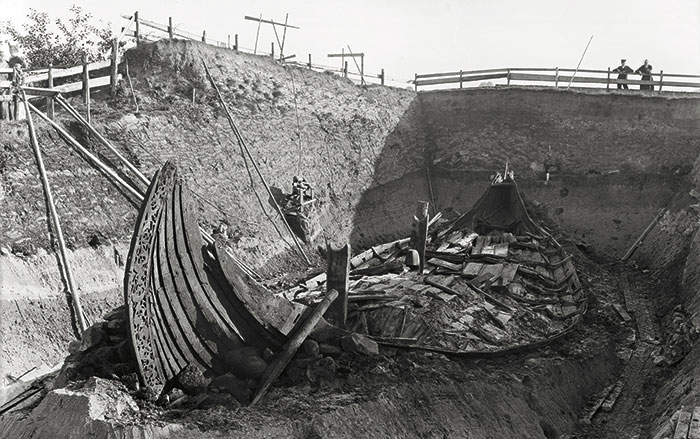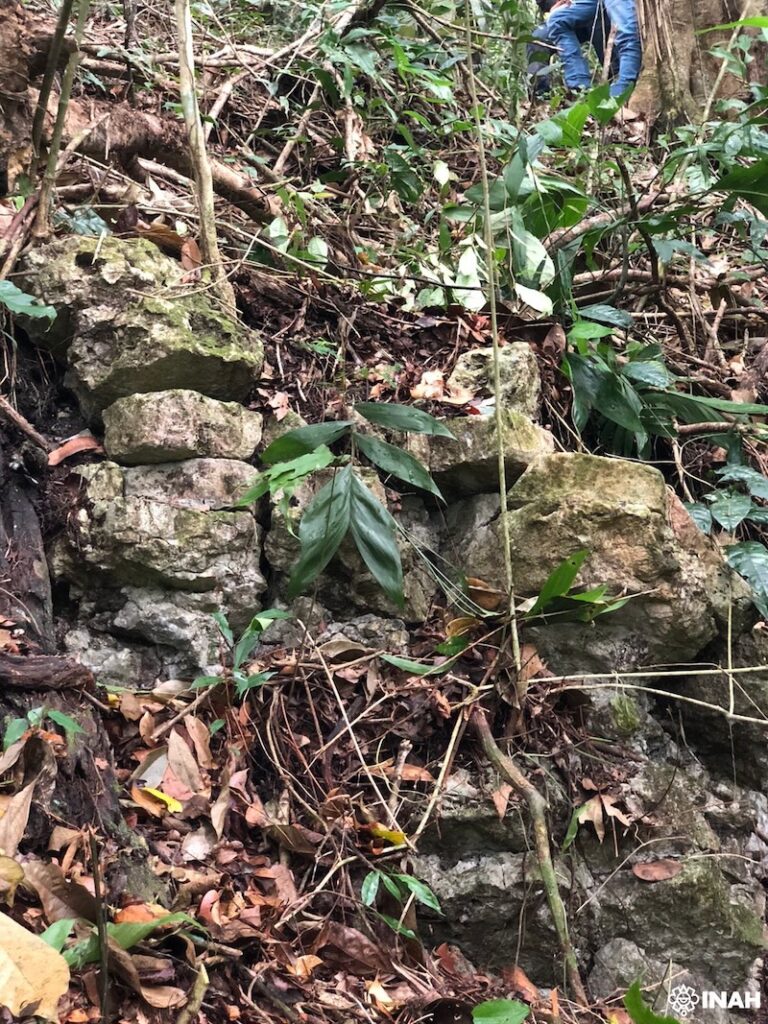
CHIAPAS, MEXICO—Live Science reports that archaeologists from Mexico’s National Institute of Anthropology and History (INAH) appear to have finally identified the long-lost Maya city of Sak-Bahlán, or “Land of the White Jaguar,” deep in the jungles of Chiapas. The site was home to the Lakandon-Ch'ol people, Maya rebels who resisted the Spanish conquest of their territory. After their capital city of Lacan-Tun was captured in 1586, the Lakandon-Ch'ol moved further inland and established Sak-Bahlán, where they remained for 110 years. The investigation was led by INAH archaeologist Josuhé Lozada Toledo and relied on GIS technology and historical records, especially a 1695 eyewitness account written by Spanish friar Diego de Rivas, to find the settlement. The team located the site near the Jataté and Ixcán rivers, near the border between present-day Mexico and Guatemala. “It was the most arduous field trip I've ever had in my life, but in the end, we found the archaeological evidence, right at the spot I had marked,” Lozada Toledo said. The Spanish eventually discovered and conquered the rebel stronghold in 1695, renaming it Nuestra Señora de Dolores, before it was abandoned a decade later. To read more about the Maya in Chiapas, go to "From Head to Toe in the Ancient Maya World: Nasal Prostheses."


